Alien life alert! As The Martian gears up for release, Nasa made a major breakthrough when the Mars Reconnaissance Orbiter discovered signs of flowing water, which strongly indicate there may be life on the planet previously thought to be dry and arid. As the world celebrates this great discovery — adding on to the steadily increasing pile of things we know about Earth’s next door neighbour — it should be noted that the biggest star of this discovery is the Mars Reconnaissance Orbiter. Ever since its launch on 12 August 2005, on a search for evidence that water persisted on the surface of Mars for a long period of time, the Orbiter has sent back interesting images and details about the planet. The spacecraft carries Nasa’s most powerful orbital cameras, as well as radar and other instruments and will probably be best remembered for finding ice and other evidence of water on Mars, and its imagery of Comet Siding, according to space.com. As it continues its mission to find further evidence of life on the planet, here are some of the major discoveries that the Mars Reconnaissance Orbiter since 2005. Lizard skin patterns [caption id=“attachment_2449116” align=“aligncenter” width=“825”] 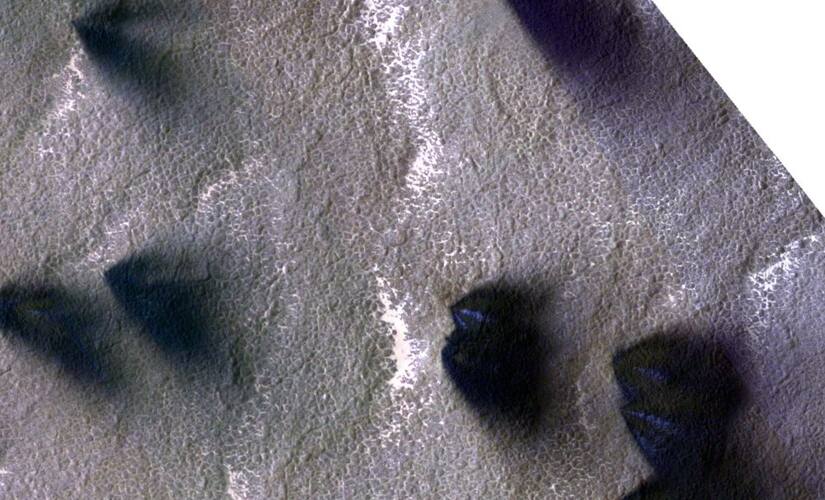 The ‘Lizard Skin’ Terrain. Image Credit: Nasa[/caption] In 2007, images from the Orbiter showed scientist some of the weirdest landscapes on Mars, as well as more familiar-looking parts of the Red Planet, according to the Nasa website. “A lot of Mars looks like Utah, but this is an area that looks nothing like Planet Earth. In some places, the channels form patterns more like lace. In others, the texture is reminiscent of lizard skin,” said Candice Hansen, the deputy principal investigator for the High Resolution Imaging Science Experiment (HiRISE) camera on Nasa’s Mars Reconnaissance Orbiter. Clay minerals [caption id=“attachment_2449124” align=“aligncenter” width=“825”] 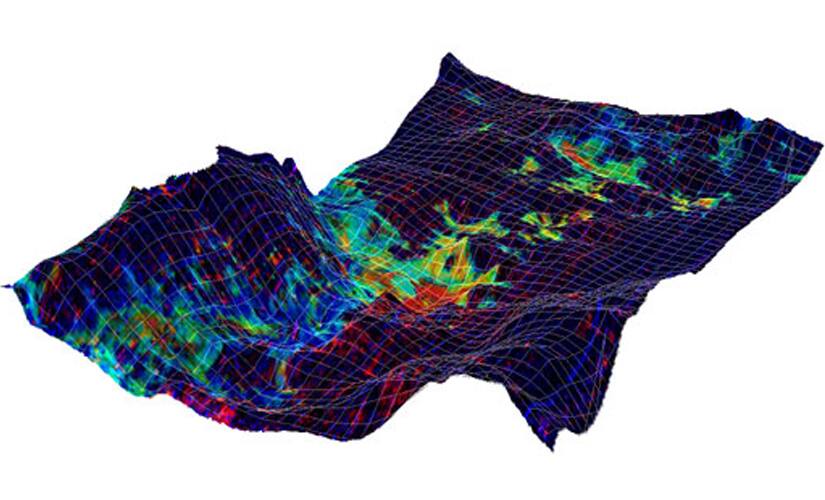 A map showing the location of some clay minerals in of a portion of the Mawrth Vallis region. Image Credit: Nasa[/caption] The orbiter spotted clay-rich rock in Mawrth Vallis, a valley region in Mars, in 2008. Space.com hailed this as one of its biggest achievements as scientists said this probably happened when water mixed with the basalt, indicating presence of water on the red planet. Martian north-polar ice layers [caption id=“attachment_2449128” align=“aligncenter” width=“825”] 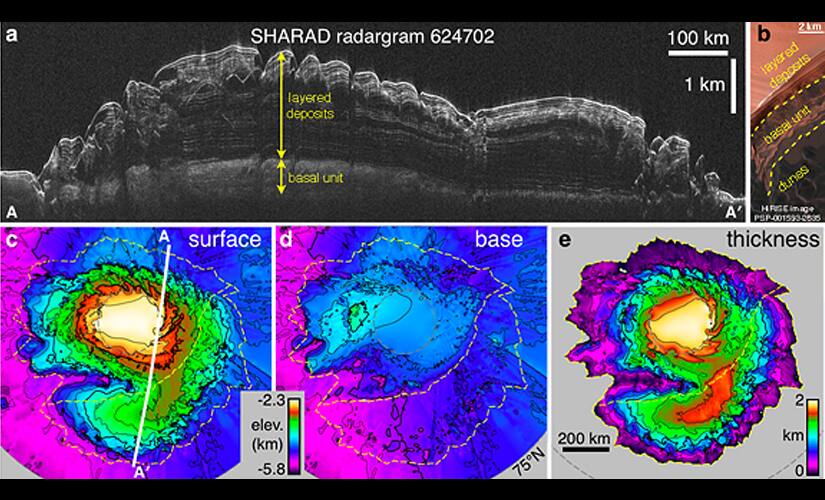 Radar map of buried Mars layers. Image Credit: Nasa[/caption] In 2009, it was discovered that the new, three-dimensional imaging of Martian north-polar ice layers sent by the Mars Reconnaissance Orbiter was consistent with theoretical models of Martian climate swings during the past few million years. The highlight of this discovery was that these deposits held about one-third as much water as Earth’s Greenland ice sheet, according to a story in spaceref.com. Flowing salty water [caption id=“attachment_2449138” align=“aligncenter” width=“825”] 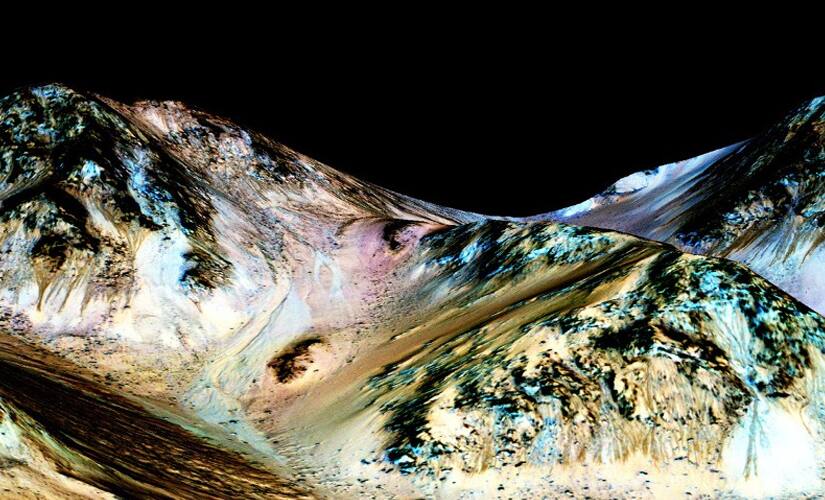 Salty water may be flowing on Mars. Image Credit: Nasa[/caption] On 4 August 2011, Nasa announced that the orbiter had found what appeared to be flowing salty water on the Martian surface. This finding was confirmed almost four years later on 28 September 2015. Nasa administrator Charles Bolden had said in 2011 that the Mars exploration it reaffirmed as an important future destination for human exploration. Dark, finger-like features were said to be seen on some Martian slopes during late spring through summer, fade in winter, and return during the next spring, according to reports. The best explanation this was best explanation for these observations so far is the flow of briny water, by The Science blog. Comet Siding Spring [caption id=“attachment_2449144” align=“aligncenter” width=“825”] 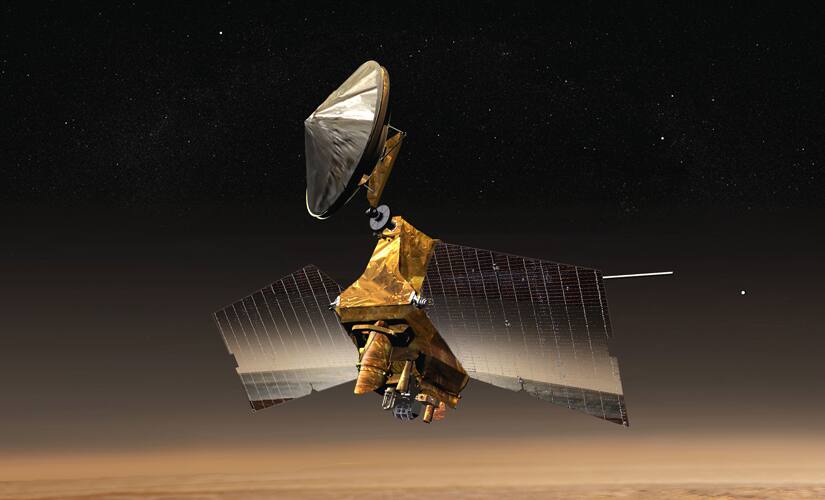 The Mars Reconnaissance Orbiter Studies Comet Flyby. Image Credit: Nasa[/caption] Another defining moment came in 2014 when the Orbiter witnessed the Comet Siding Spring fly-by and provided data about it. It was discovered that the dust from the comet impacted Mars and was vaporised high in the atmosphere, producing what was likely an impressive meteor shower. This debris resulted in significant temporary changes to the planet’s upper atmosphere, according to a Nasa release. Curiosity Rover [caption id=“attachment_2449152” align=“aligncenter” width=“825”] 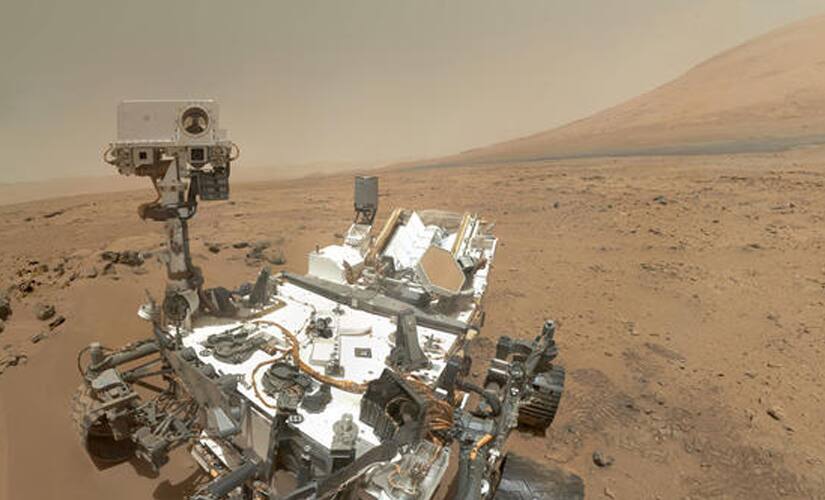 The Curiosity Rover. Nasa[/caption] The orbiter was also instrumental in the launch of the Mars Rover, Curiosity, as it spent months searching for a suitable landing spot. It also serves as a communications relay for Curiosity and another rover, Opportunity. Confirmation of signs of water [caption id=“attachment_2449162” align=“aligncenter” width=“825”] 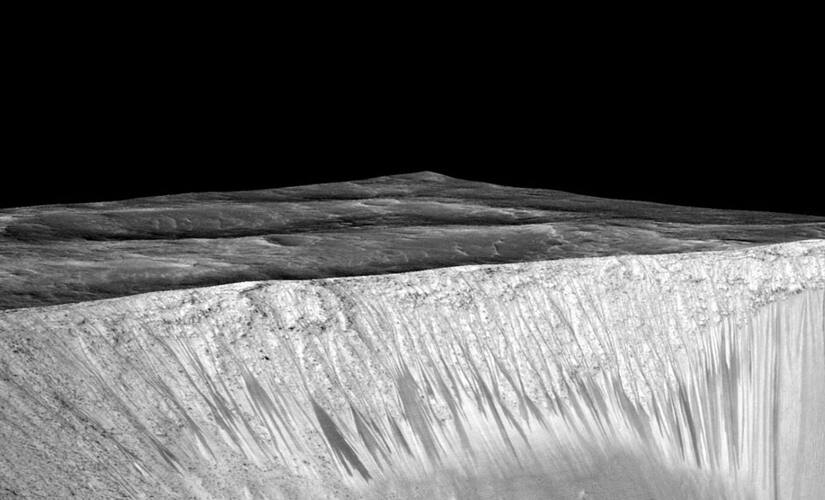 The dark narrow streaks are hypothesized to be formed by flow of briny liquid water on Mars. Image Credit: Nasa[/caption] In in 2008, the Orbiter’s information had confirmed the existence of frozen water on Mars. On 28 September 2015, the instruments aboard it yielded what researchers said is the strongest evidence yet that water in liquid form trickles down certain Martian slopes. Conclusion: Mars appears to have flowing rivulets of water, at least in the summer, and because liquid water is essential to life, this indicates the possibility of microscopic life forms on Mars.
As it continues its mission to find further evidence of life on the planet, here are some of the major discoveries that the Mars Reconnaissance Orbiter since 2005.
Advertisement
End of Article


)
)
)
)
)
)
)
)
)



